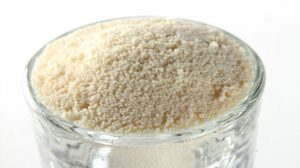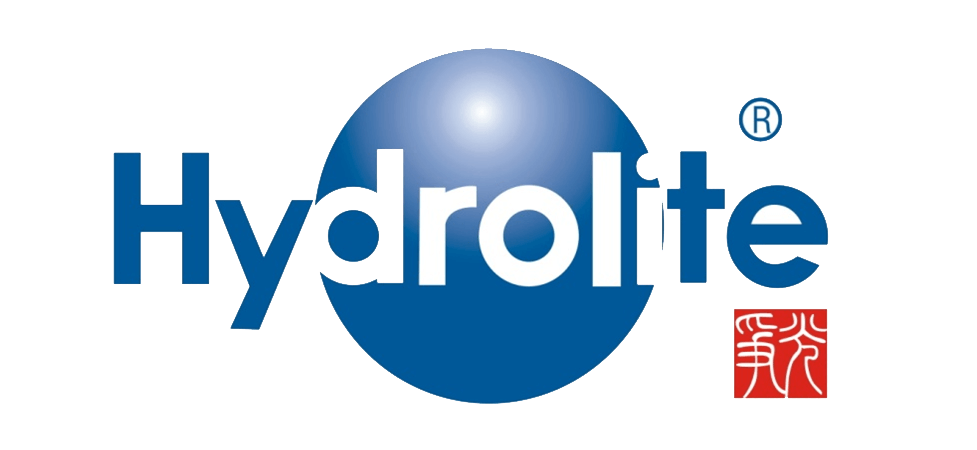 TM HYDROLITE produces the following types of ion exchange resins:
TM HYDROLITE produces the following types of ion exchange resins:
Strong acid cation exchangers
The widest range of cation exchangers. Gel, suprgel, macroporous, special purpose, in Na and H-form. Softening, demineralization, purification of syrups, organic acids, antibiotics, amino acid extraction and much more.
Weak acid cation exchangers
The line of weakly acid cation exchangers, consisting of more than 30 grades, is designed for various purposes from water treatment in the fuel and energy complex to the production of cartridges for water purification.
Strong base anion resins
TM HYDROLITE produces about 40 grades of strongly basic anion exchangers, in Cl , OH and mixed form, polystyrene and acrylic. Desalting, preparation of ultrapure water, clarification of sugar syrups, purification and extraction of biochemical and medical products, removal of radioactive elements.
Weak base anion exchangers
Polystyrene and polyacrylic weak base anion exchangers are used for water treatment, water treatment in the fuel and energy complex, wastewater treatment, in the food, chemical and pharmaceutical industries
Resin mixtures for deep water treatment
Ready-to-use mixtures of cation and anion exchange resins in H and OH form for obtaining ultrapure water. Allows for minimal electrical conductivity
Resins for the food industry
Preparation of drinking water, softening, demineralization, removal of alkalinity, organics, nitrates. Purification of sugar syrups, beer, wines, beverages, xylitol, gelatin, fruit and vegetable juices. Purification of organic acids.
Medical and biochemical resins
A wide range of cation and anion exchangers for aqueous and anhydrous solutions. Extraction and purification of antibiotics, amino acids, separation and recovery of various biochemical drugs, purification of various drugs in the pharmaceutical industry, adsorption and capture of non-polar elements.
Inert materials
They are used as inert layers to ensure even distribution of ascending and descending flows, for the protection of overhead distribution systems, as separating and protective layers in double and floating layers. For protection of distribution systems in countercurrent regeneration systems.
Resins for hydrometallurgy
Adsorption and recovery of gold, chromium, mercury from solutions and wastewater. Separation and isolation of tungsten and molybdenum. Concentration and purification of uranium, wastewater treatment at uranium mining enterprises, uranium distillation. Recovery of various elements from solutions.
It is a types of ion exchange resins used to restore heavy metal ions , in the processes of decalcification of solutions, removal of metals from wastewater (hydrometallurgy, electroplating, etc.). Selective removal of polyvalent metals (including transition elements). Selective removal of polyvalent metals (including transition elements), as well as for the separation and purification of free mercury and precious metals.
Amphoteric resins
Mainly used in high and low molecular weight electrolyte separation , sulfate removal in soda production, biochemical drug separation and purification , protein purification and desalination , waste water treatment . Separation and removal of inorganic salts in cane sugar solutions
catalytic resins
As a catalyst in the production of synthetic substances. In polymerization processes , epoxidation, for the production of esters of unsaturated fatty acids, in the production of glycols and catalysis of soybean oil. To remove aldehydes during the production of glycol , as well as to remove aldehyde during catalysis in the condensation reaction of aldehydes and glycol.
As a catalyst in the synthetic industry for esterification and ester degradation , especially suitable forcatalytic MTBE .
Bleaching resins
It is a types of ion exchange resins for bleaching aqueous and non-aqueous solutions. Purification of sugar syrups, pharmaceutical preparations, purification of vitamin E, etc. Most often used in the food, pharmaceutical and chemical industries.
Color changing indicator resins
It is a types of ion exchange resins with the ability to change color in the process. Mainly used for tank monitoring in CHP, food, pharmaceutical and chemical industries.
Nuclear grade resins
– Extraction of cations and anions of radioactive elements
– purification of water from nuclear reactors, purification of radioactive wastewater
– condensate treatment at nuclear power plants, thermal power plants and hydroelectric power plants
Powder resins

Mainly used for polishing cleaning of condensate in power plants. They allow you to achieve a better result than double or floating layers. Supplied in the form of cation exchangers, anion exchangers and mixtures.


 Deutsch
Deutsch Español
Español polski
polski Français
Français Italiano
Italiano Русский
Русский